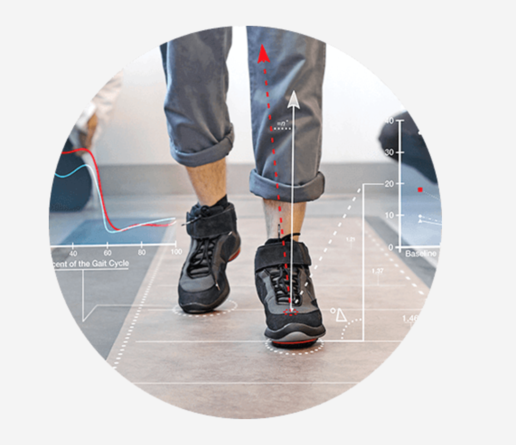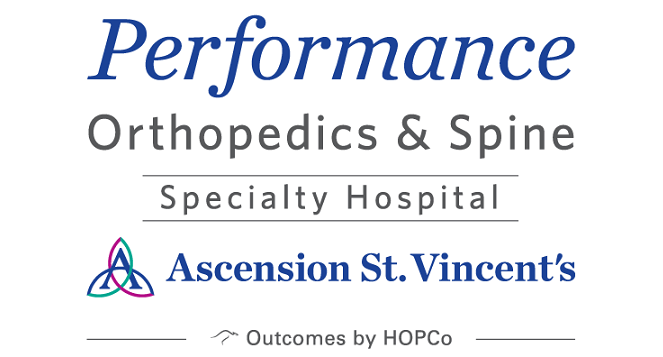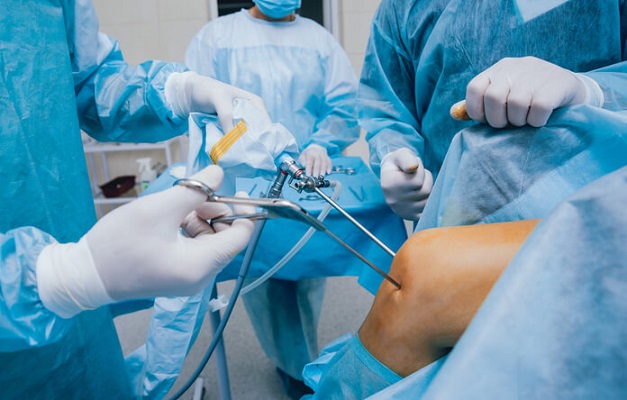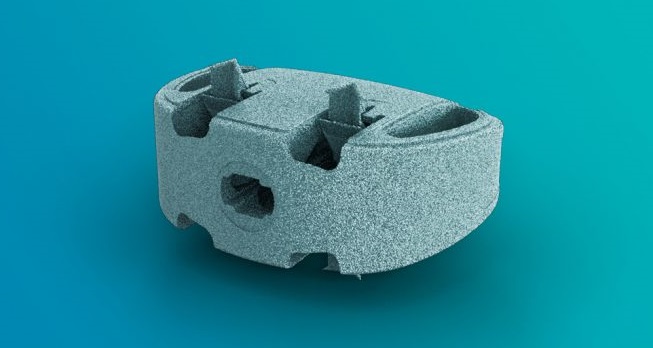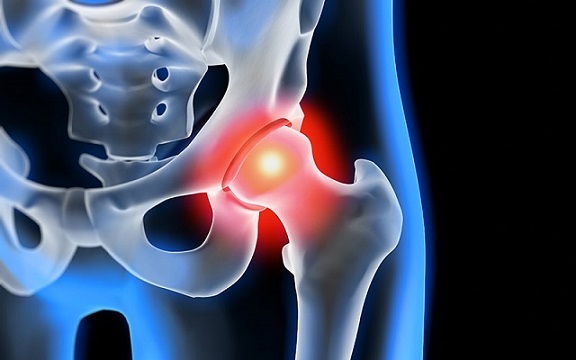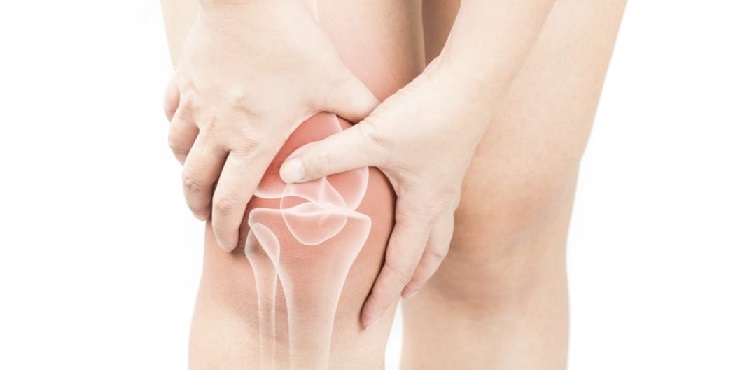Elizabeth Hofheinz, M.P.H., M.Ed.
What if you could have a customized, non-invasive device to decrease your musculoskeletal pain? That is what the gait gurus at New York City-based AposHealth are offering.
AposHealth is translating the mobility data it gathers into treatment programs that can help individuals improve their mobility and functioning, reduce chronic pain, and enhance their wellbeing.
Providing details to OSN was Cliff Bleustein, M.D., M.B.A., President and CEO of AposHealth: “Walking is a fundamental activity of daily living. A healthy older adult averages 2,000-9,000 steps per day, while people living with disability or a chronic musculoskeletal condition often limit their mobility to an average 1,200-8,800 steps per day.”
“While we walk, the same force we exert on the ground acts back on our bodies according to Newton’s third law. These forces impact the kinematic chain, which starts with our feet and goes through our knees, hips, lower-back, upper-back and neck. Walking repeatedly impacts our joints as we move, and in individuals with acute or chronic disease it often creates an additional pressure load on areas that are already experiencing pain, which exacerbates that pain.”
What the brain is up to
“In turn, our brain sends commands to the muscles to contract around the affected areas in a failed attempt to prevent movement by bracing the joints – creating even more pressure and pain. Over time, the compensatory response to pain changes people’s gait (walking patterns). Sometimes this is seen as a limp. AposHealth is designed to stop this vicious cycle by fixing the abnormal gait.”
“The AposHealth foot-worn device is customized to each patient’s needs by using hundreds of data points including computerized gait analysis and visual assessment by a trained clinician. The customization process is supported by AposIQ, a business unit that combines innovative technology, data science and over a decade of experience to analyze gait and develop personalized gait modification programs.”
According to Dr. Bleustein, AposHealth works on two dimensions:
- Biomechanics: Reducing load on the affected areas, thereby reducing pain
- Neuromuscular systems: Re-educating the muscles and correcting abnormal gait patterns, even when not actively wearing the device
“This dual-action process combines with functional rehabilitation principles, which includes subconscious, repetitive exercise in daily activity is what makes it possible to acquire new motor learning gait patterns that lead to reductions in pain and improvements in function.”
How the biomechanical device works
Commenting on how AposHealth realigns muscles, Dr. Bleustein noted, “AposHealth treatment includes a personalized, foot-worn biomechanical device that includes Pertupods – convex sole attachments under the forefoot and heel. The convexity of the pods reduces the contact area with the ground (base of support) and creates controlled micro-instability that retrains the muscles to improve gait patterns.”
“Additionally, the position of the pods is dynamic and personalized. It allows manipulation of the center of pressure and re-distribution of the loads that are acting on our body. In addition to shifting the loads from a painful area to a less painful area, manipulation of the center of pressure changes the forces that act on the joint, causing re-alignment of neuromuscular control through changes in muscle activations.”
During 2020, over 85 physical therapists calibrated patients for AposHealth. This, said Dr. Bleustein, was about 50 more than in 2019. “We expect the number of trained therapists to grow both in our existing markets, and in new states where we obtain additional insurance coverage.”
When asked what the impact of tracking mobility on the healthcare industry might be, Dr. Bleustein told OSN, “At AposHealth, we believe that gait is the next vital sign, with applications in therapeutic areas ranging from musculoskeletal conditions, to neurological conditions, to urology. In essence, any disease, disorder, or injury that manifests in gait that can be assessed, evaluated, treated, and monitored using gait assessment tools and treatment modalities. Even monitoring the effect of medications on gait could be considered, especially when gait is expected to be influenced (ex: medications for dizziness or ADHD).”
“Gait – how the body moves – can predict several future health events, including functional decline, hospitalization, and falls. Walking speed is really a measure of overall function of an individual since it requires healthy cardiovascular, respiratory, musculoskeletal, and neurological functions. Easy and accurate measurement of walking and gait function will help in adoption and use similar to other vital signs like blood pressure, temperature, and weight.”
“Widespread use, and interest by technology companies like Apple, has the potential to identify treatable conditions beyond current neurological and musculoskeletal diseases not currently understood to be associated with gait function and activity. This will lead to further interest in the field, new entrants to the market, increased investment, and further innovation.”
As for the company’s approach to large-scale data collection, he added, “We are exploring different ways of capturing gait data including background gait data in mobile phones, sensor data on shoes, AI driven video gait assessment, insole sensor evaluation, and application driven trackers to monitor clinical progress, make treatment recommendations, and predict health outcomes. Combined with additional health information, physical examination, visual gait assessment, and machine learning, there are endless implications and opportunities to expand our scientific understanding and innovate to transform healthcare, most importantly, improve patient care.”
Alas, are we going back to basics? Hydration, sleep…and gait? Perhaps the key to health getting back to the fundamentals.
For additional information, please visit: https://www.aposhealth.com

